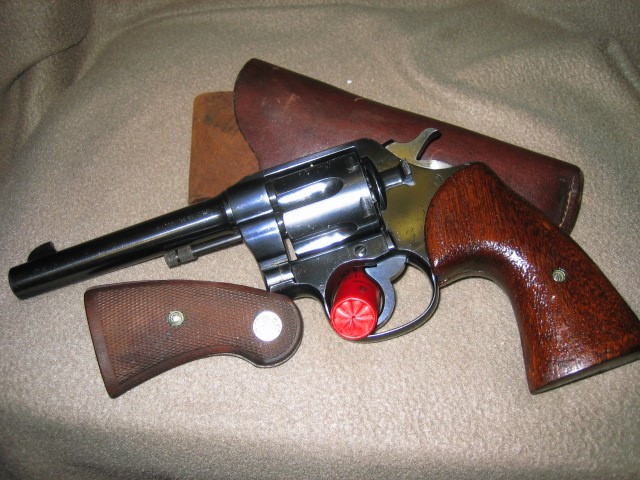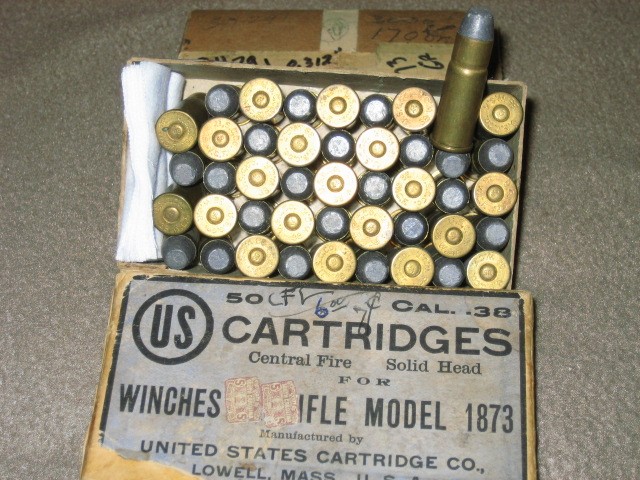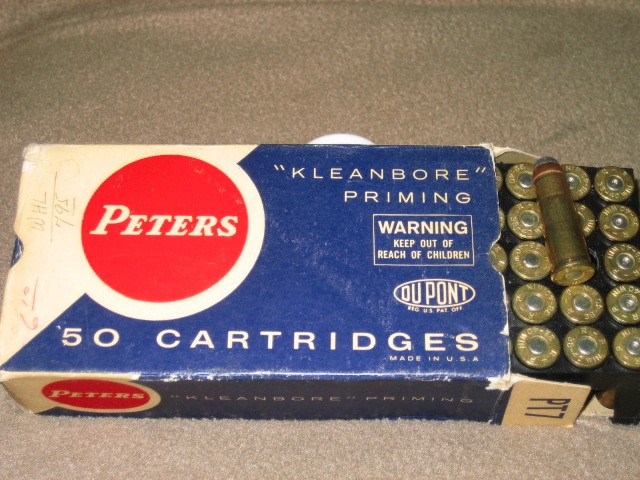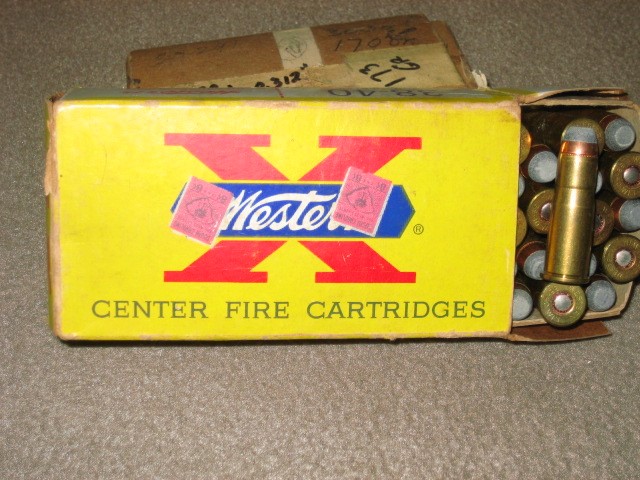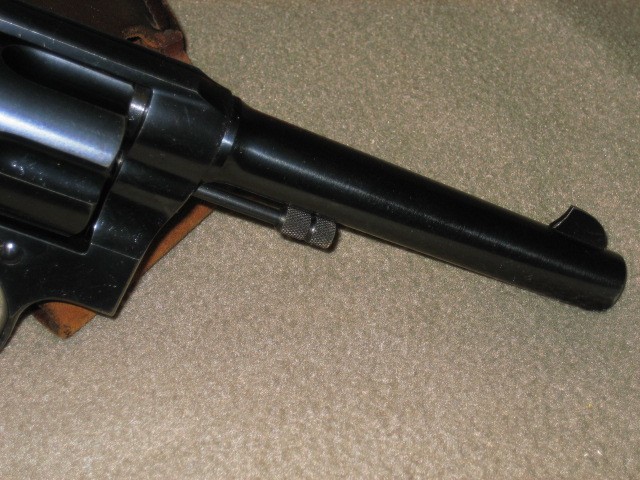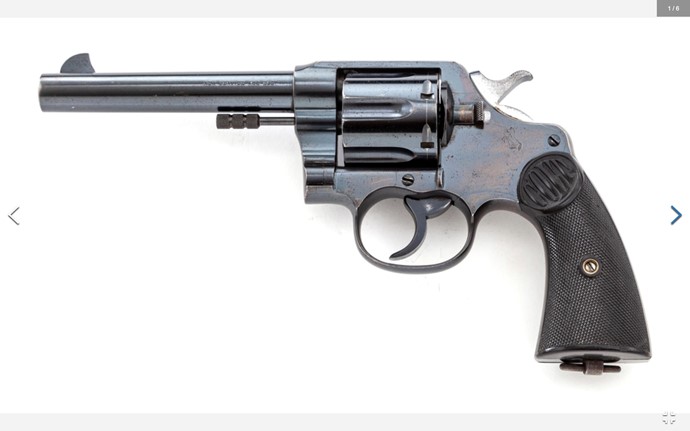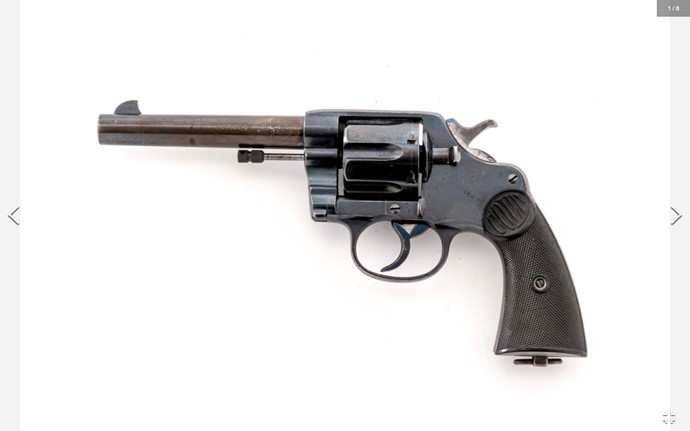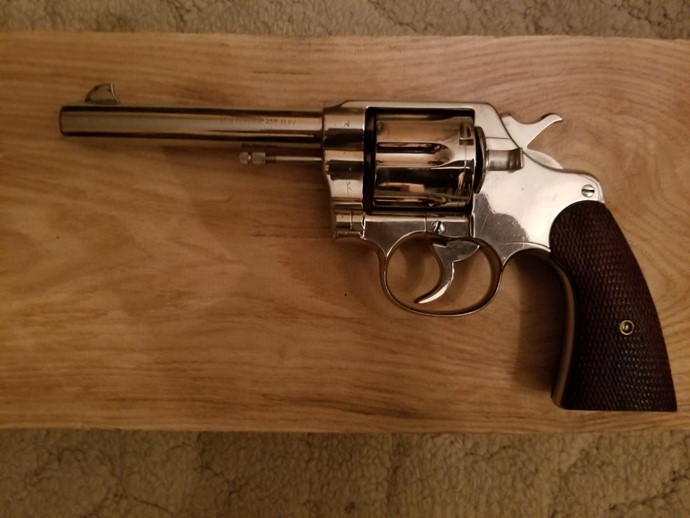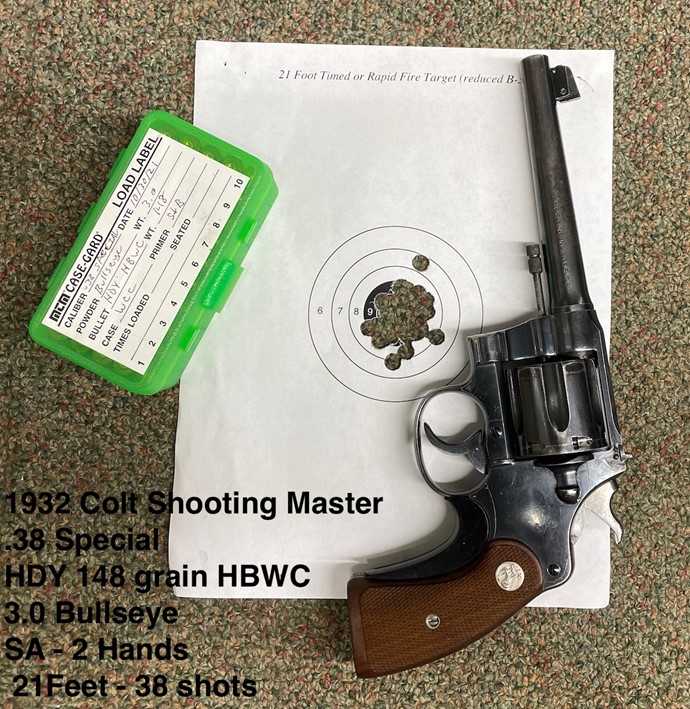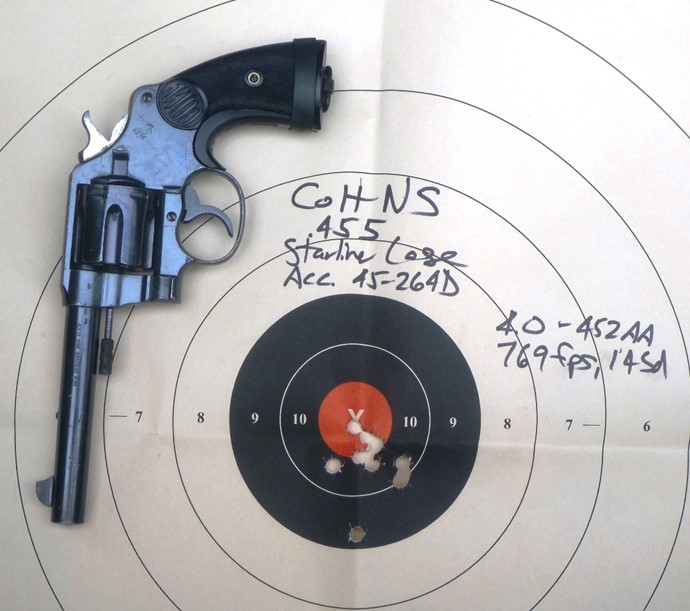ALYMAN#1
posted this
28 March 2019
Some data taken recently follows:
Peters 38-40 180 gr JSP Index 3856 from 1962-68 in New Service (1923) 859 mean, ES 74 for 5 rounds.
Remington 39-40 180 gr JSP Index 8138 from 1961 in NS 822 avg ES 121 for 5 rounds
Reload 180 gr 401043 7.7 gr Unique in Rem-UMC balloon head cases 829 mean 69 ES for 4 rounds.
Reload 180 gr hard cast Ga Arms bullet 7.2 grs Unique in mixed modern brass 883 mean ES 101 for 5 rounds.
Some loads fired in Ruger NMBH
Reload 180 hard cast 7.2 grs Unique modern brass 1001 mean ES 69 for 4 rds
Peters 180 JSP 2 rds 886 fps (both)
Remington 180 JSP 1 round 854 fps
Dating for the Rem/Peters ammo above was from photos from International Ammunition Association reference articles. Both Remington and Peters headstamps are R_P and the Peters brass appears to have a slight balloon head configuration while the Remington is similar to the modern brass I have. Advertised velocities listed in several Stoeger's catalogs going back to 1947 show 1310 to 1330 fps for rifle and 975 to 985 for revolver in 1947, to 775 fps in 1966 for both brands Western velocities for the ammo chronographed earlier are similar.
Am working on getting some photos of boxes and New Service when I learn the ropes.
For Dukem, just know that I filed down the front sight on mine probably 40 or 50 years ago and didn't think a thing about it in my ignorance.
Al
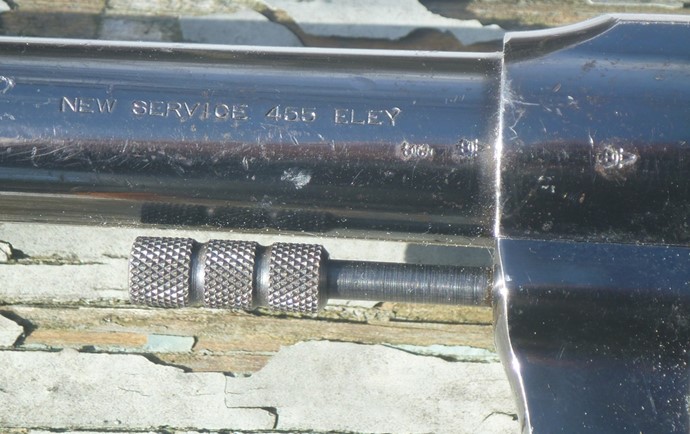
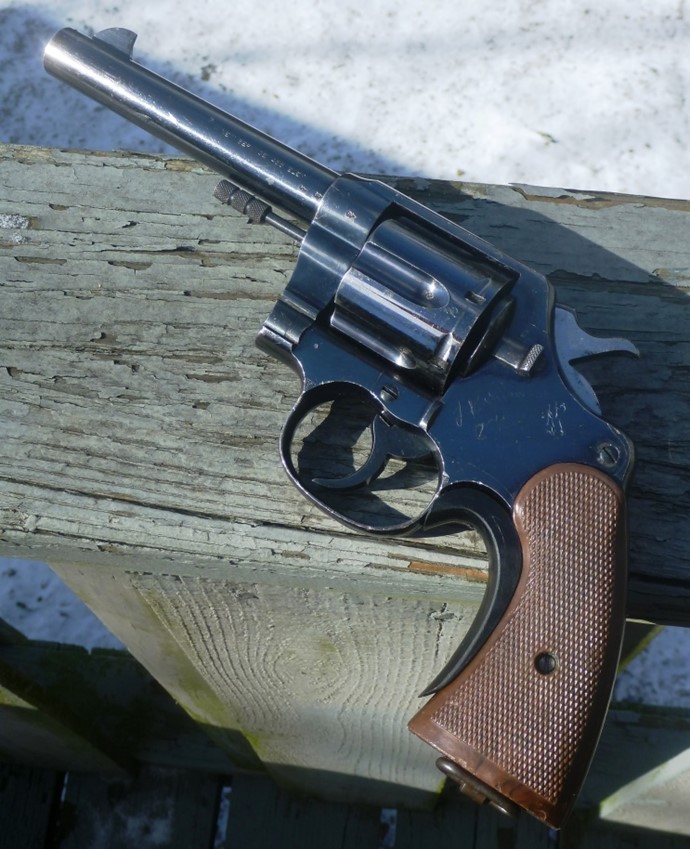
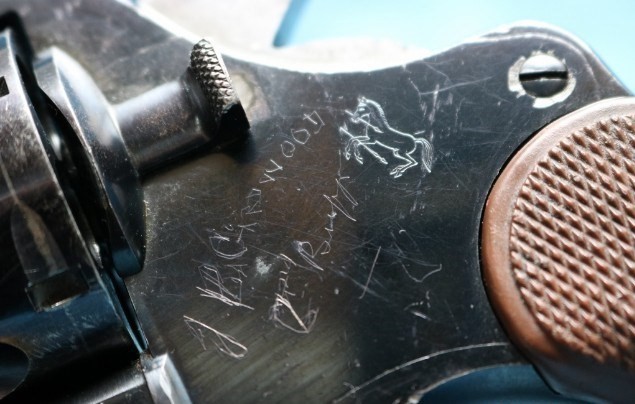

.jpg?width=20)



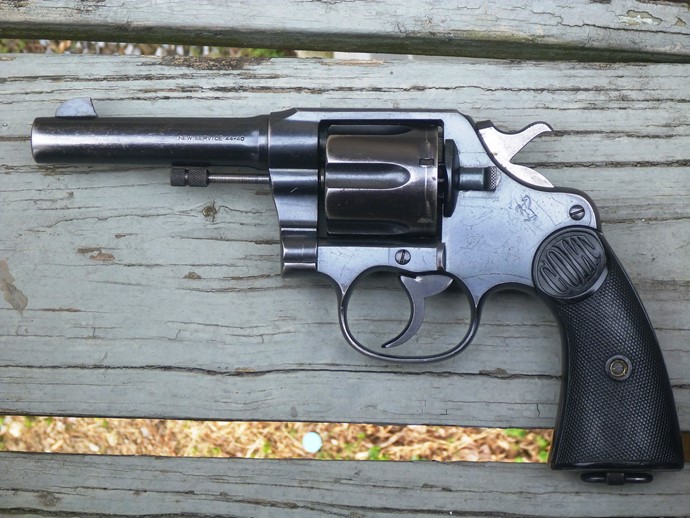 Got lucky on this GunBroker auction. A 1922 Colt New Service .44-40 with 4-1/2" barrel and lanyard loop. Zero end shake with empty brass in chambers. Cylinder gap 0.008 pass/0.009 hold. Timing and indexing correct, with crisp trigger pulls and smooth DA. Cylinder throats .429 and uniform, barrel groove diameter slugs .427".
Got lucky on this GunBroker auction. A 1922 Colt New Service .44-40 with 4-1/2" barrel and lanyard loop. Zero end shake with empty brass in chambers. Cylinder gap 0.008 pass/0.009 hold. Timing and indexing correct, with crisp trigger pulls and smooth DA. Cylinder throats .429 and uniform, barrel groove diameter slugs .427".



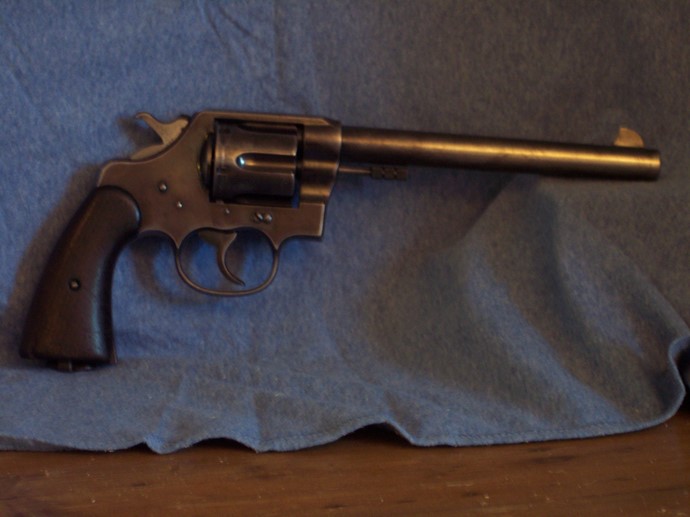

.jpg?width=20)
.jpg?width=50&crop=0,0,50,50)
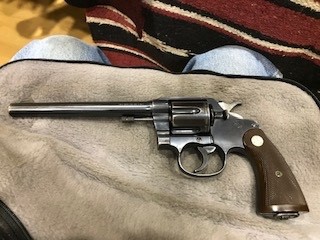
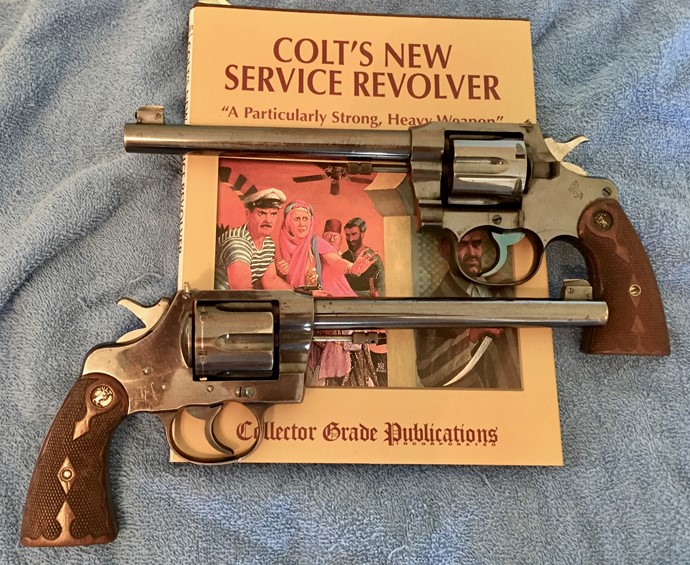


-1-1.jpg?width=20)
